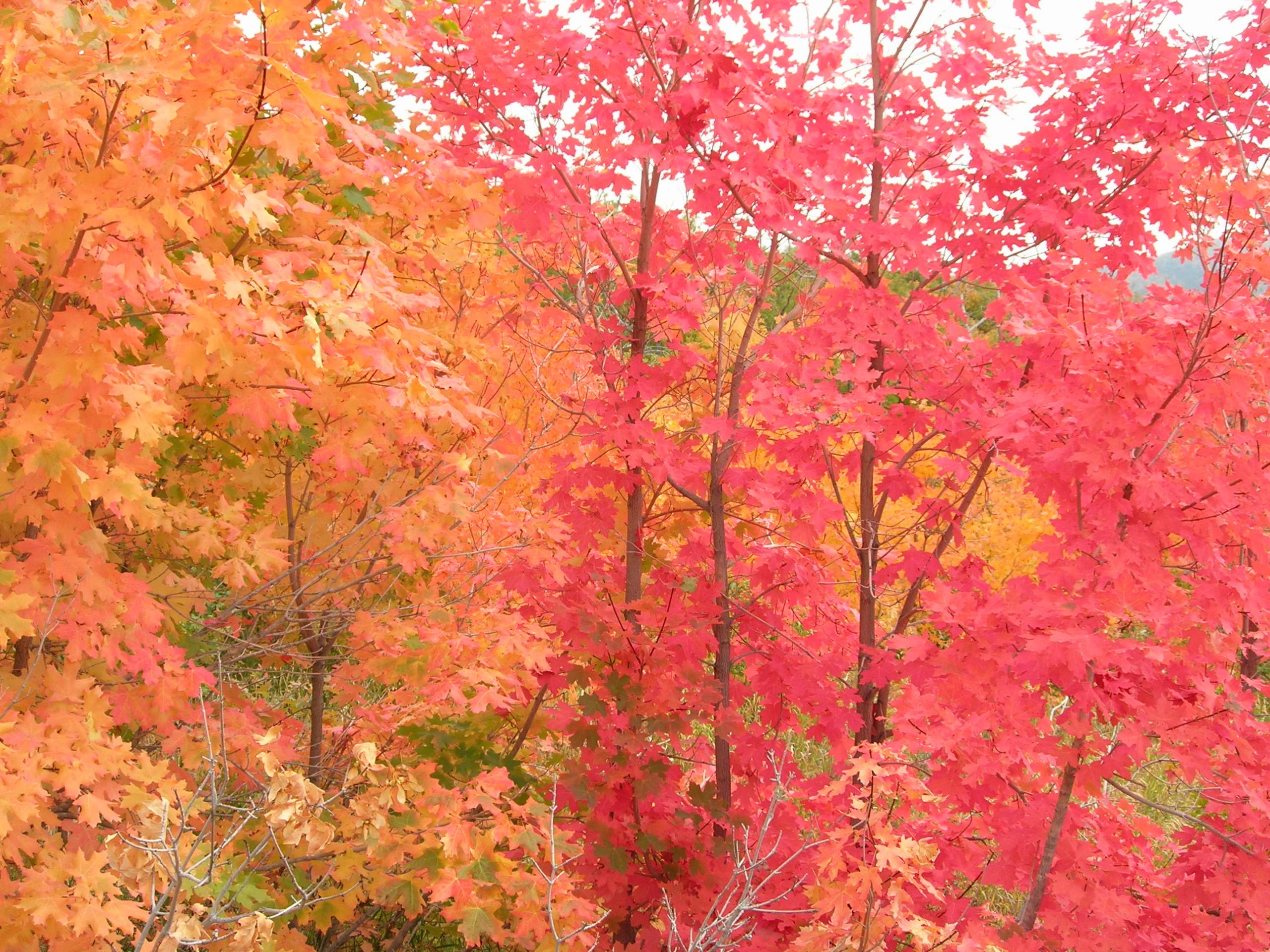Why fertilize my trees and shrubs?
All plants have nutrient requirements. In a landscape setting, these nutrients get used up, are missing, or are unavailable to the plants. In an urban landscape there are usually many plants, including grass or groundcovers, surrounding trees and shrubs. This creates greater competition for what nutrients are in the soil already. Adding fertilizers gives the soil more nutrients, decreasing competition, and therefore stress. Fertilization promotes healthy, vigorous plants that display good growth and color. Healthy plants increase the plants resistance to insects and disease. A misconception is a belief that lawn fertilizers will fertilize your trees. In reality, very little of those nutrients make it below the depth of the shallow roots of the grass to the deeper roots of trees and shrubs.
What nutrients do I need in Utah?
Nutrients are divided into two categories: macronutrients and micronutrients. In Utah, the soil is often lacking in nitrogen, one of the important macronutrients. Deficiencies with other nutrients are not common, but possible. Certain trees can have issues with iron and manganese deficiency, two of the micronutrients which will cause chlorosis. Silver maple, red maple, red oak, tuliptree, sweetgum, flowering pear, and ornamental plums are some of the major trees that can get iron chlorosis, red maples and red maple hybrids can have problems with manganese chlorosis.
How can trees and shrubs be fertilized?
Soil drench application – This consists of evenly distributing fertilizer, usually in a liquid form around the root zone of the trees and shrubs. This method ensures that all of the roots both shallow and deep are fertilized. The fertilizer is time release for one season.
Soil Systemic Insecticide Treatment
In order to help control insect problems Arborcare can treat certain trees with a soil systemic insecticide application. This treatment can control insects like aphids and some species of borers for a full season.
Mycorrhizae Treatments
Mycorrhizae [myco means fungus and rhiza means root] is a root structure formed when a certain type of fungus interacts with the roots or certain plants. The fungus and young lateral roots form a symbiotic relationship (two or more organisms relying on each other for survival), creating mycorrhizae which enhances the nutrient uptake of the root system.

